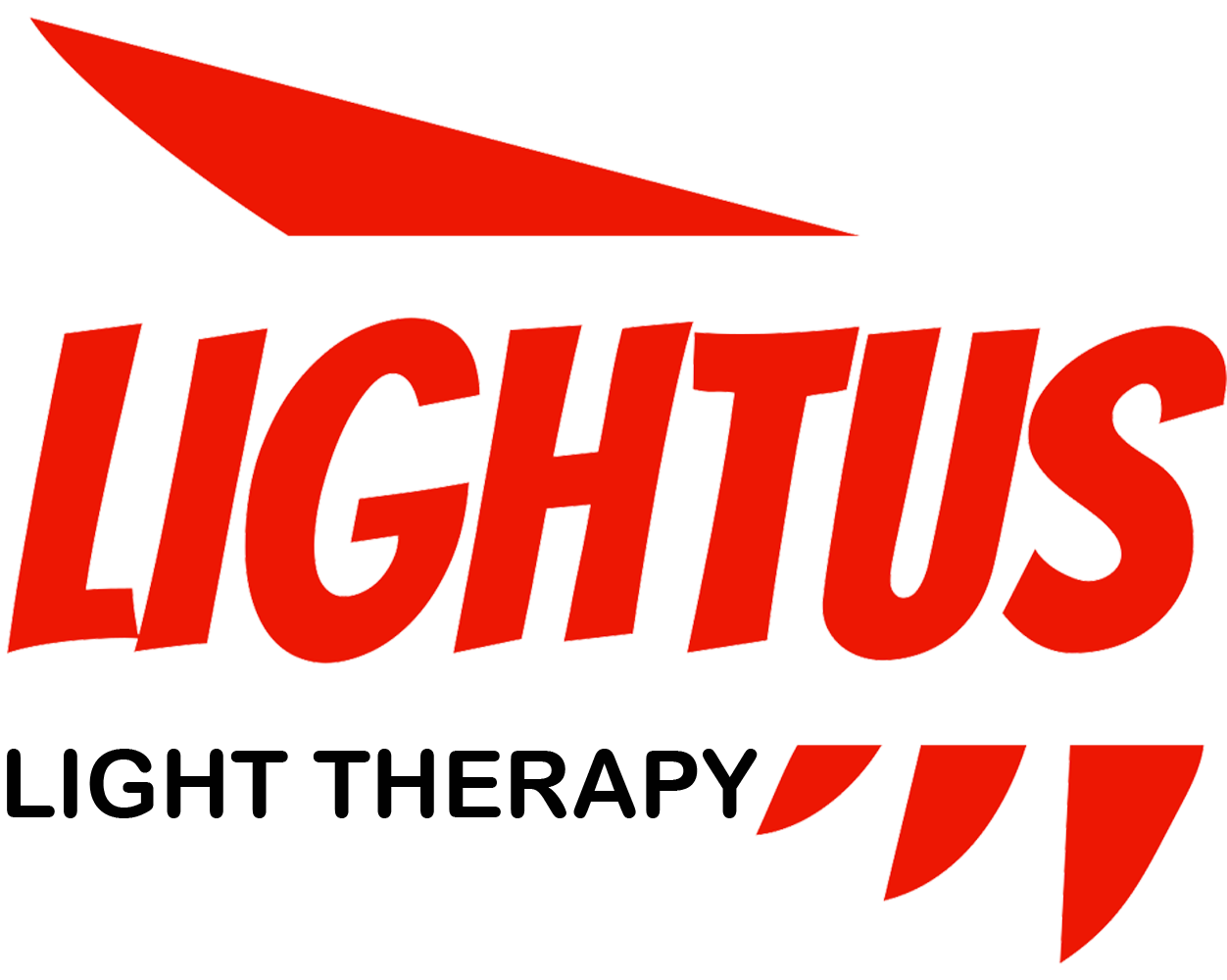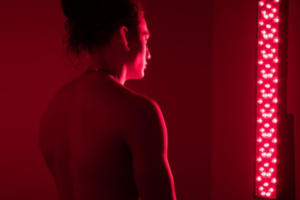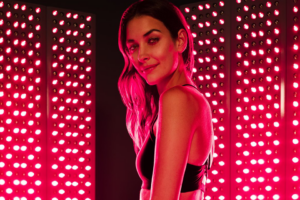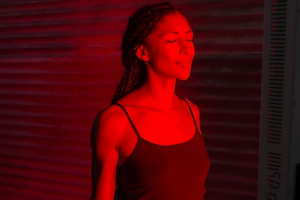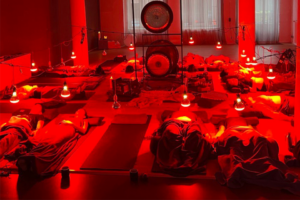Red Light Therapy for Hair Loss: Does It Really Work?

Are you struggling with hair loss and looking for an effective solution? Red light therapy has been gaining attention as a potential treatment for hair loss. In this comprehensive guide, we’ll explore the science behind red light therapy and its efficacy in promoting hair growth. Whether you’re dealing with male pattern baldness, female hair thinning, or other forms of alopecia, this article will provide you with valuable insights into this innovative treatment option.
Table of Contents
What is Red Light Therapy and How Does It Work for Hair Loss?
Red light therapy, also known as low-level light therapy (LLLT) or photobiomodulation, is a non-invasive treatment that uses specific wavelengths of red and near-infrared light to stimulate cellular activity. When it comes to hair loss, red light therapy works by:
- Increasing blood flow to the scalp
- Stimulating hair follicles
- Promoting cellular energy production
- Reducing inflammation
The red light therapy devices used for hair loss typically emit light in the 630-660 nm (red) and 810-850 nm (near-infrared) ranges. These wavelengths penetrate the scalp and are absorbed by the cells, triggering a series of biological processes that may help combat hair loss and promote hair growth.
What Causes Hair Loss and Can Red Light Therapy Help?
Hair loss can be attributed to various factors, including:
- Genetics (androgenetic alopecia)
- Hormonal changes
- Medical conditions
- Medications
- Stress
- Nutritional deficiencies
Red light therapy has shown promise in addressing some of these underlying causes. For example, it may help reduce inflammation associated with certain types of hair loss and improve blood circulation to the scalp, which can nourish hair follicles.
What Does the Research Say About Red Light Therapy for Hair Loss?
Several studies have investigated the effectiveness of red light therapy for hair loss. Here are some key findings:
- A 2013 study published in Lasers in Surgery and Medicine found that LLLT stimulated hair growth in men with androgenetic alopecia.
- A 2014 meta-analysis in Lasers in Medical Science concluded that LLLT is an effective treatment for hair loss.
- A 2017 study in Dermatologic Surgery showed that red light therapy improved hair density and overall hair regrowth in both men and women.
While these results are promising, more research is needed to fully understand the long-term effects and optimal treatment protocols for red light therapy in hair loss management.
How Does Red Light Therapy Compare to Other Hair Loss Treatments?
When considering red light therapy for hair loss, it’s essential to understand how it compares to other available treatments:
- Minoxidil: A topical medication that can be used in conjunction with red light therapy for potentially enhanced results.
- Finasteride: An oral medication primarily used for male pattern baldness, which works differently from red light therapy.
- Hair transplants: A surgical option that can be complemented by red light therapy for improved healing and results.
- Platelet-rich plasma (PRP) therapy: Another non-invasive treatment that may be combined with red light therapy for synergistic effects.
Red light therapy offers a non-invasive, drug-free alternative or complement to these treatments, with minimal side effects reported.
What Are the Potential Benefits of Using Red Light Therapy for Hair Loss?
Red light therapy for hair loss offers several potential benefits:
- Non-invasive and painless treatment
- No known serious side effects
- Can be used at home with portable red light therapy devices
- May improve overall scalp health
- Can be combined with other hair loss treatments
Many users report increased hair thickness, reduced shedding, and improved hair quality after consistent use of red light therapy.

Are There Any Side Effects or Risks Associated with Red Light Therapy for Hair Loss?
Red light therapy is generally considered safe with minimal side effects. However, some users may experience:
- Mild scalp irritation
- Temporary redness
- Headaches (rare)
It’s important to follow the manufacturer’s instructions and consult with a healthcare professional before starting any new treatment regimen.
How Long Does It Take to See Results from Red Light Therapy for Hair Loss?
The timeline for seeing results from red light therapy can vary depending on individual factors. Generally:
- Some users report reduced shedding within 1-2 months
- Visible improvements in hair density may be observed after 3-6 months of consistent use
- Optimal results are typically seen after 6-12 months of regular treatment
Patience and consistency are key when using red light therapy for hair loss.
What Types of Red Light Therapy Devices Are Available for Hair Loss Treatment?
There are several types of red light therapy devices designed for hair loss treatment:
- LED light therapy caps: Wearable devices that cover the entire scalp
- Handheld devices: Portable options for targeted treatment
- Panel lights: Larger devices that can treat the scalp and other areas
- Combs or brushes: Combine light therapy with scalp stimulation
When choosing a device, consider factors such as coverage area, power output, and convenience of use.
How to Use Red Light Therapy for Hair Loss: Tips and Best Practices
To maximize the potential benefits of red light therapy for hair loss:
- Consistency is key: Use the device as directed, typically 3-5 times per week
- Clean your scalp before treatment to ensure optimal light penetration
- Combine red light therapy with a healthy diet and proper hair care routine
- Be patient and give the treatment time to work
- Consider using red light therapy in combination with other treatments for enhanced results
Is Red Light Therapy for Hair Loss Right for You?
While red light therapy shows promise as a hair loss treatment, it may not be suitable for everyone. Consider the following factors:
- The type and severity of your hair loss
- Your overall health and any underlying conditions
- Your budget and time commitment
- Your expectations and willingness to maintain a consistent treatment regimen
Consult with a dermatologist or hair loss specialist to determine if red light therapy is an appropriate option for your specific situation.
Key Takeaways: Red Light Therapy for Hair Loss
To summarize the most important points about red light therapy for hair loss:
- Red light therapy is a non-invasive treatment that may stimulate hair growth and improve scalp health
- Research shows promising results, but more studies are needed to fully understand its long-term efficacy
- Consistency and patience are crucial for seeing results
- Red light therapy can be used alone or in combination with other hair loss treatments
- Various devices are available, from wearable caps to handheld units
- Consult with a healthcare professional to determine if red light therapy is right for your hair loss concerns
LED Red Near Infrared Light Therapy Hat for Hair RestorationBy understanding the potential benefits and limitations of red light therapy for hair loss, you can make an informed decision about whether to incorporate this innovative treatment into your hair care routine. Remember, addressing hair loss often requires a multifaceted approach, and red light therapy may be a valuable addition to your overall strategy for achieving healthier, fuller hair.
